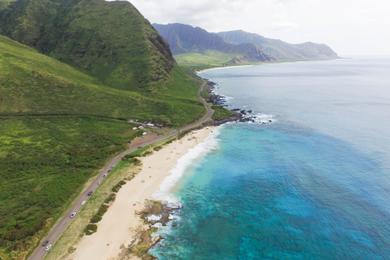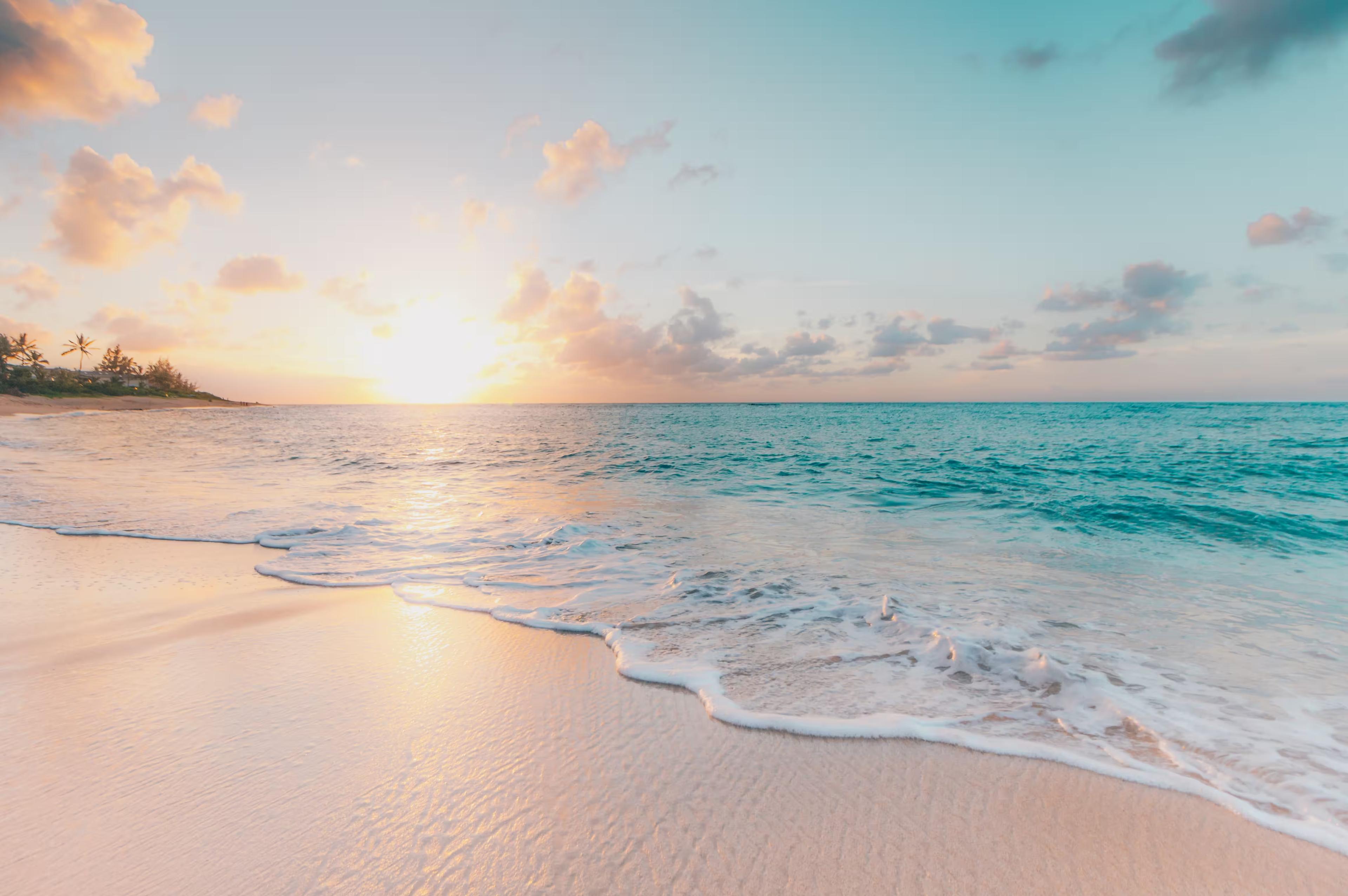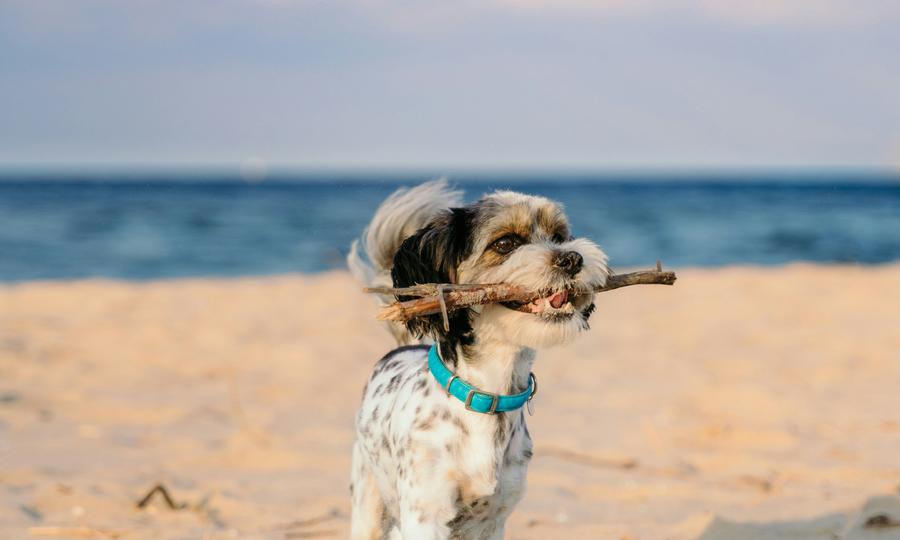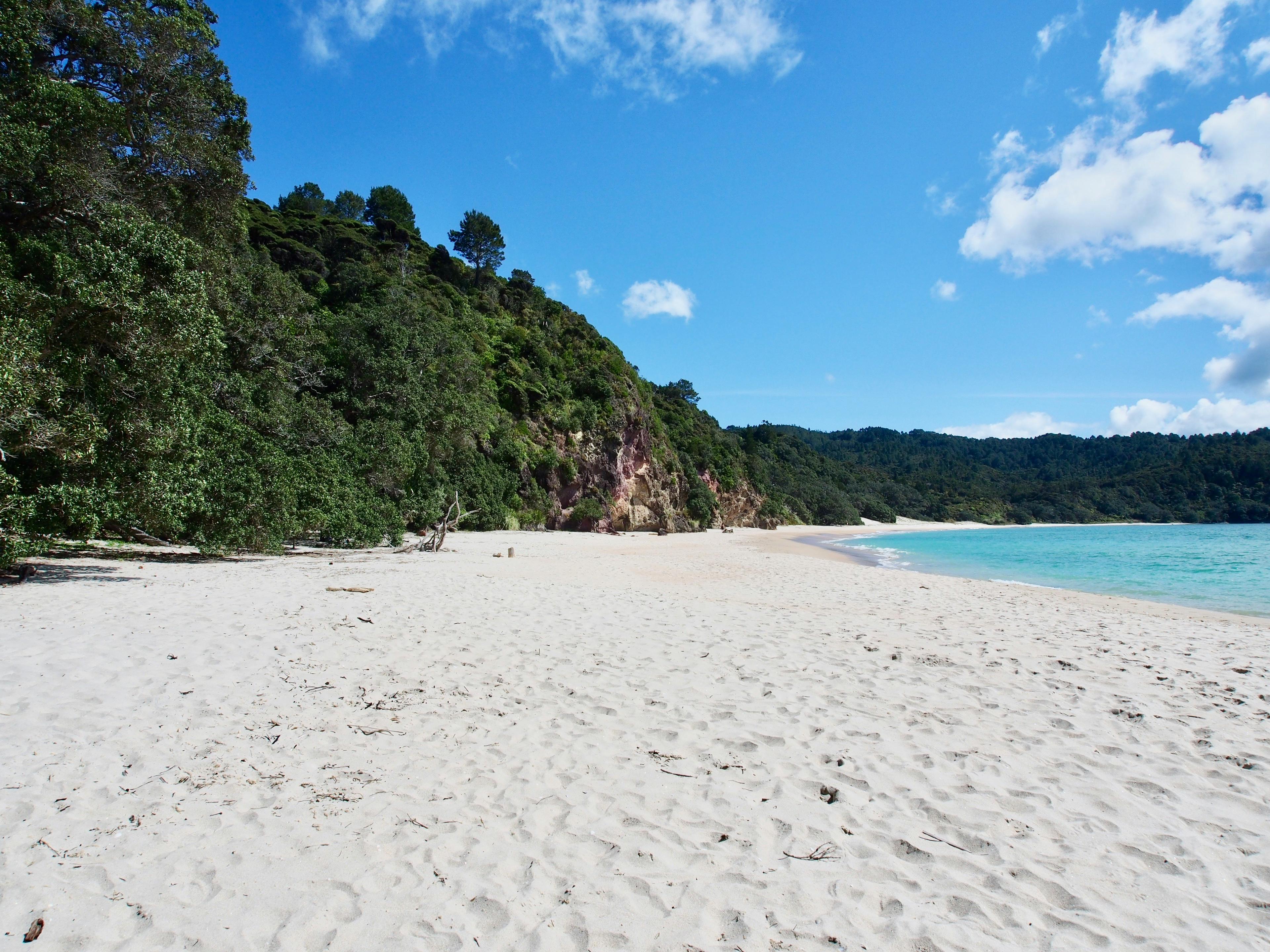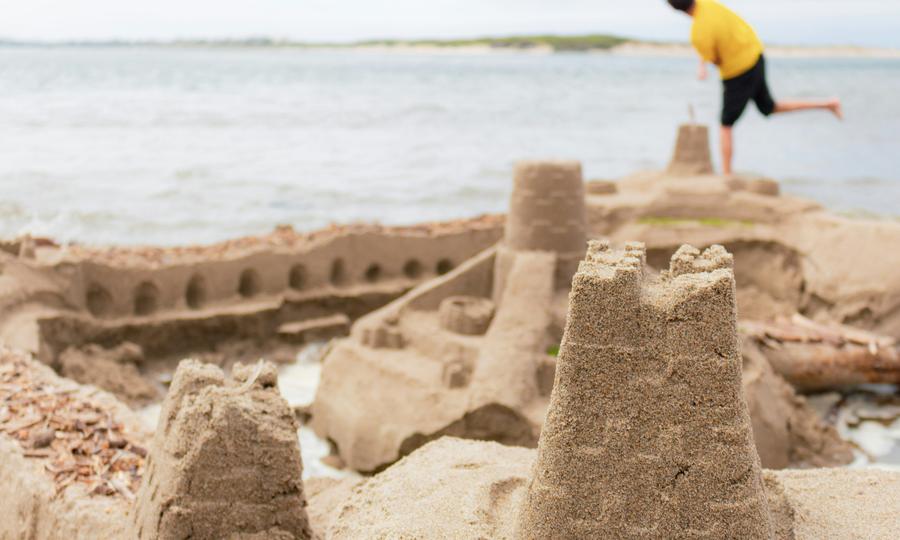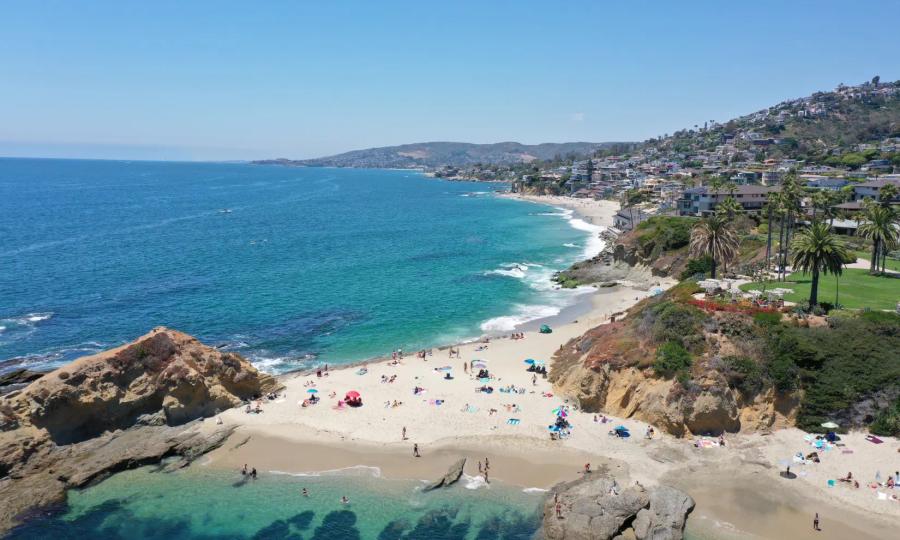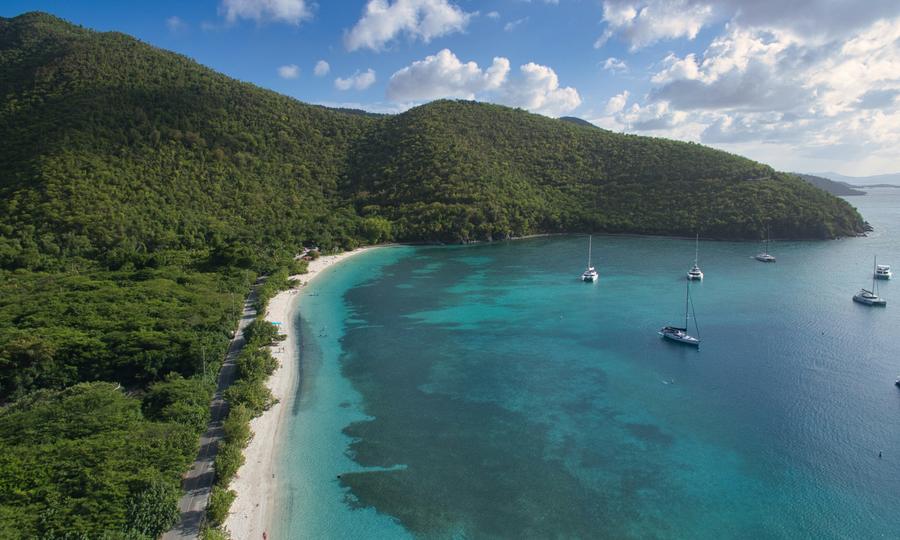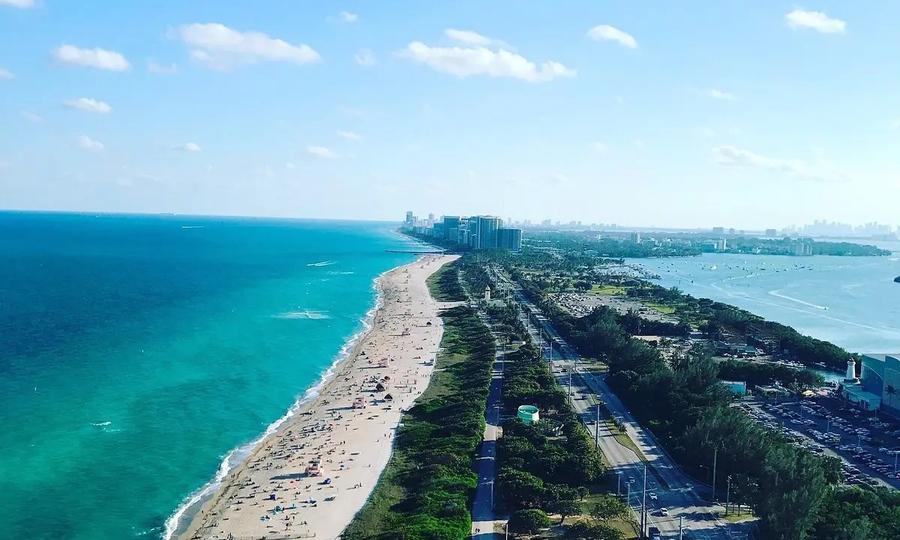Makua Beach offers many fun activities including beachcombing, sunbathing, hiking, fishing, wildlife watching, swimming, tidepooling, surfing, bodyboarding, windsurfing, kitesurfing, kayaking, canoeing, surf-skiing, jet-skiing, snorkeling, scuba diving, and boating. The water near Makua Beach offers amazing surfing waves, particularly between November and March - this makes it popular among local and visiting surfers during this time. In addition, the water near Makua Beach is also popular among bodyboarders during calmer water conditions. Snorkelers and scuba divers also enter the water near Makua Beach to explore its vibrant biodiversity and marine landscape - the water here has many reefs, along with canyons, sea caves, and trenches. Depending on the time of the year, you can view many kinds of animals in the water near Makua Beach including migrating whales (usually during winters), sea turtles, spinner dolphins, Hawaiian monk seals, and many kinds of fish including Hawaiian lionfish, perch, and pennant fish - Hawaiian monk seals and sea turtles are protected under a law named the Endangered Species Act of 1973, and harming them can result in a fine of up to $50,000 and possible imprisonment. It is important to note that it is illegal to be within 50 yards of a spinner dolphin. However, if you are planning to surf or swim in the water near Makua Beach, we recommend being careful as the water here has unpredictable rip currents and deadly waves, especially during winters. The water near Makua Beach also has a steep depth. In addition, the shoreline around Makua Beach is rocky, and this rocky shoreline can inflict grievous injuries to beachgoers. Water-related rescues have also been reported from Makua Beach. If you like tidepooling, you can explore the interesting tidepools present around Makua Beach - you can view many wonderful kinds of creatures in these tidepools including sea anemones and crabs. If you are planning to fish in the water near Makua Beach, we recommend following the local fishing regulations, which can be found on the website of the Division of Aquatic Resources (which is a part of the State of Hawai’i’sDepartment of Land and Natural Resources).
Ka’ena Point State Park gets its name from a spot called Kaʻena Point or Kaena Point - this point is the westernmost tip of land in the island of Oahu and its name means “Heat” in Hawaiian. This point was named after a cousin or brother of Pele (who was the Hawaiian Goddess of Fire). According to Hawaiian legends, Ka’ena Point was also the spot from where the spirits of the departed leaped into the afterlife. Ka’ena Point State Park has a vibrant and rugged coastal landscape - you can explore this coastal landscape via the state park’s hiking trails. One of the most famous trails in this state park is the Ka’ena Point Trail. This trail offers visitors a unique insight into the local flora and fauna and you can watch many kinds of seabirds (including the rare Laysan albatross) and native Hawaiian plants while hiking on this trail. This trail also offers an amazing Instagram-worthy view of the Pacific Ocean and the western Oahu shoreline. In addition, you can also view an offshore rock formation near the western part of the state park named Pohaku o Kauai, meaning "rock of Kauai" in Hawaiian. It is important to note while visiting Ka’ena Point State Park that the water around Ka’ena Point has dangerous rip currents and an extremely rocky shoreline, and we strongly recommend that you forego participating in any aquatic activities in the water near this part of Ka’ena Point State Park, particularly during winters



